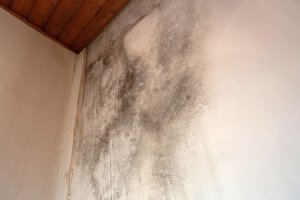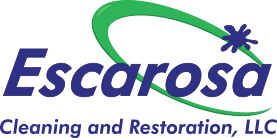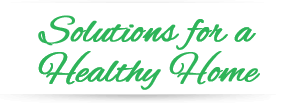Most Common Causes of Mold - Escarosa

Mold: it’s not something anyone wants to live with. Unfortunately, it’s a common occurrence in US homes. In fact, an estimated 50-70% of American homes harbor some degree of mold growth. In addition to being unappealing, mold presents a variety of health concerns. Before you can combat the issue in your home, though, you’ve got to understand the causes of mold.
In this article, we’ll look at the top causes of mold growth, the difference between mold removal and remediation, and how to keep your Pensacola home mold-free and protect the health of everyone in it.
Let’s dive in.
The Health Dangers of Mold
Before we discuss the causes of mold, let’s look at how mold can damage your health. Here are a few of the most common symptoms of mold exposure:
-
Sneezing, wheezing, running nose
-
Red or itchy eyes and skin
-
New or worsening asthma or respiratory symptoms
-
Fever
-
Shortness of breath
-
And more
Like all environmental irritants, symptoms can range, and will generally be worse in people with preexisting conditions.
5 Common Causes of Mold
Mold is a normal part of the natural environment. Microscopic mold spores are present in both indoor and outdoor air, but generally do not cause a problem until they proliferate. With that in mind, here are the five most common causes of mold growth:
1. Moisture
Mold relies on moisture to grow. This means it’s common in damp places like the area beneath sinks, in basements and crawl spaces, and anywhere there has been flooding or water damage. After water damage, mold and mildew can start to grow in as little as 24-48 hours.
2. Certain building materials
In the natural world, mold is responsible for breaking down organic materials like leaves and wood. In a home, mold establishes itself in similar, porous materials. Mold will grow especially well on paper products like cardboard and ceiling tiles, and in wood products. Mold will also attack insulation, drywall, wallpaper, fabric, upholstery, carpet, and other textiles.
3. Gaps and cracks
Sometimes, mold spores hitch a ride inside through open windows, doors, or vents. Outdoor mold spores can also attach themselves to clothing and textiles. In a dry environment, they’ll die off relatively quickly. If they find high moisture levels within your home, though, they may begin to grow.
4. Poor ventilation
Again, mold needs moisture. This means it will thrive anywhere there is poor ventilation in your home. Because of this, the Environmental Protection Agency (EPA) recommends reducing indoor humidity to 30-60%, ventilating bathrooms, dryers, and other moisture-generating sources outside the home, and using dehumidifiers if needed.
5. Poor sanitation
The key to controlling mold growth is to control moisture, and to keep at-risk areas clean. Wet or damp spots should be cleaned with approved cleaning products and dried as quickly as possible to prevent mold and mildew formation.
Mold Removal vs. Mold Remediation
While most teams use the terms mold removal and mold remediation interchangeably, it’s important to note that complete removal of all mold spores is impossible.
Instead, companies that offer mold remediation services will come into your home, clean out areas of mold growth, sanitize the affected spaces, and restore the home to a livable condition. The result is a clean space that does not harbor active mold growth and does not present a health threat to the home’s inhabitants.
Escarosa Cleaning and Restoration: Keeping Your Family Safe From Mold
Mold can strike any home, any time. If you’ve noticed signs of mold, including a damp smell or visible mold growth, our team is here to help. Dedicated to providing complete mold remediation services, our expert technicians will eliminate areas of mold growth and restore your home’s indoor air quality.
Contact us today to learn more about our services or book your consultation now.












